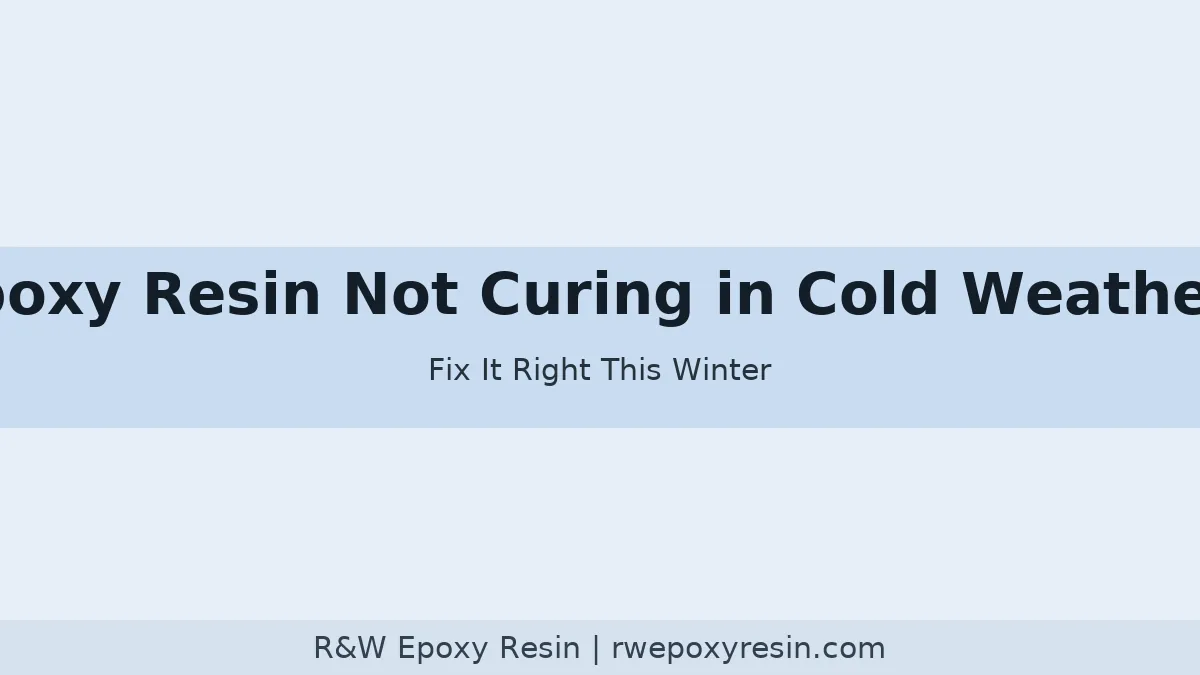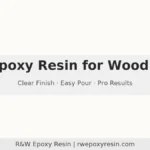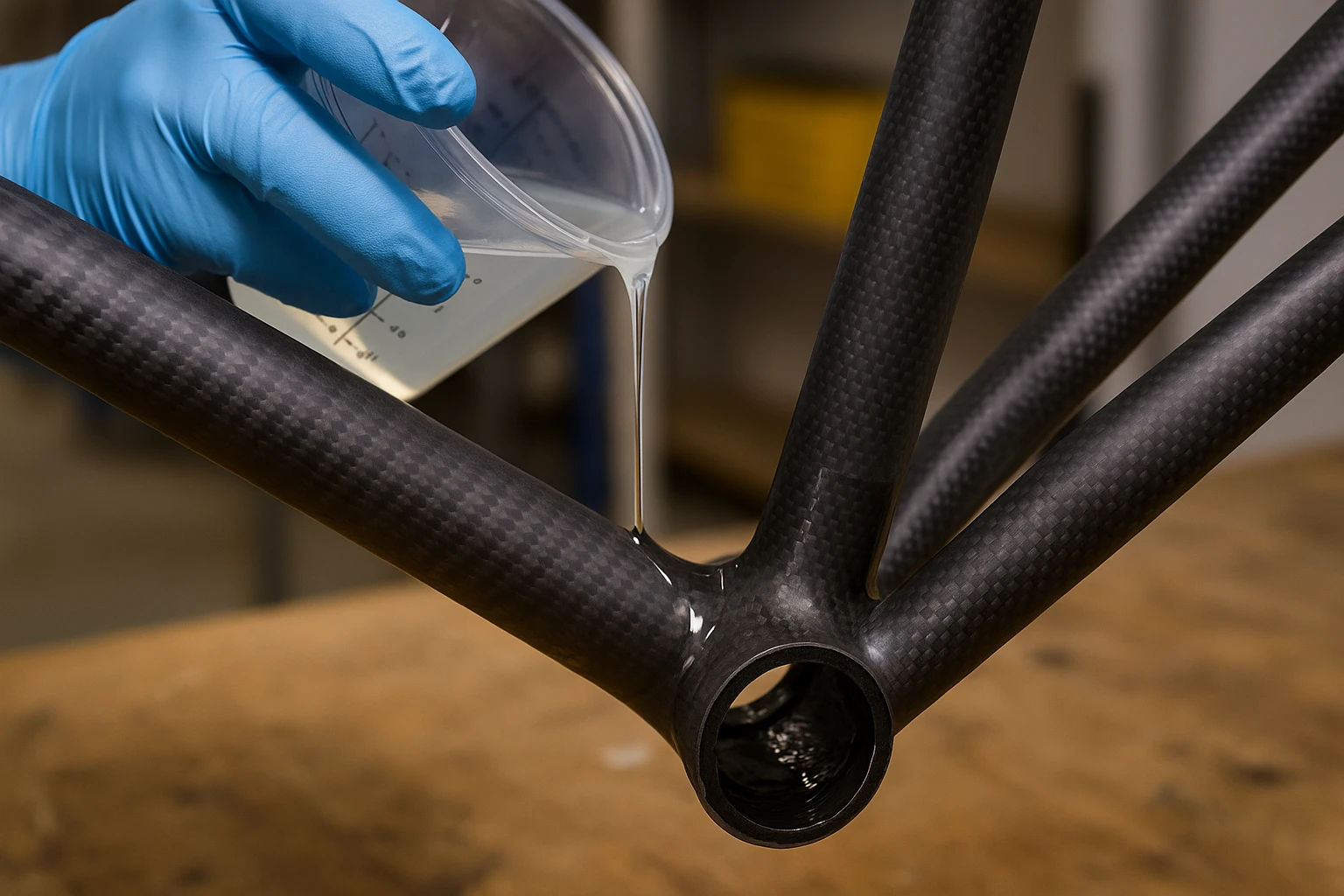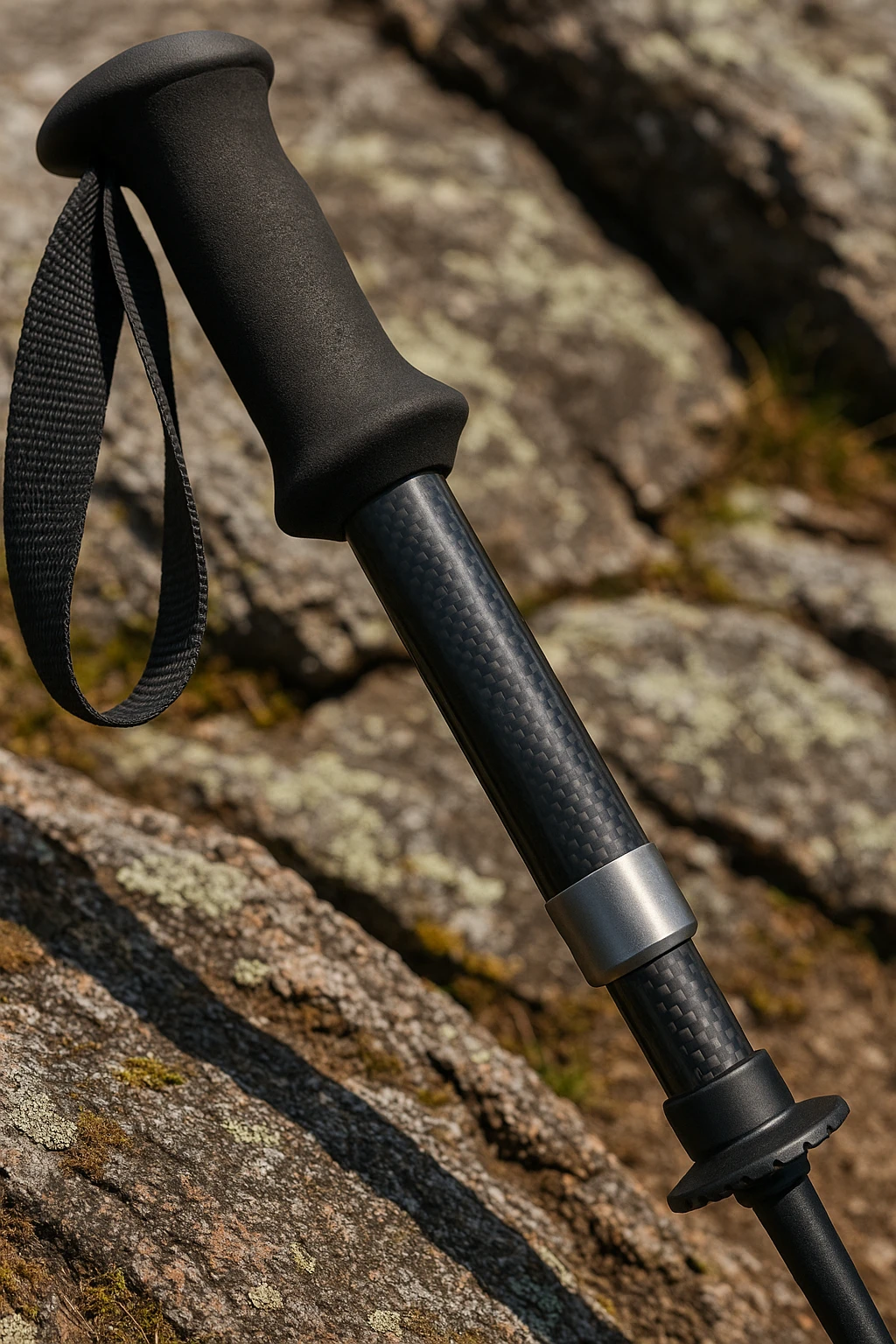Epoxy Resin Not Curing in Cold Weather? 9 Proven Fixes (2025 Guide)

Epoxy Resin Not Curing in Cold Weather? 9 Proven Fixes (2025 Guide)

If your epoxy resin not curing in cold weather, you’re not alone. Low temperature slows the chemical reaction, leaving surfaces tacky or soft long after the usual cure time.
Below are field‑tested fixes that protect clarity and strength—no risky shortcuts.
Why epoxy resin not curing in cold weather happens
Epoxy systems are temperature‑sensitive. Below ~15 °C (59 °F), the cure rate drops steeply; at 10 °C (50 °F) and high humidity,
amine chemistry can stall or blush on the surface. Some systems are designed for room/low‑temp cure and stay reliable across 10–70 °C
(see model notes below with references).
9 proven fixes (without changing the mix ratio)
- Never alter the A:B mix. Off‑ratio is the #1 cause of permanent tack. Always follow the TDS by weight or volume.
- Pre‑warm Parts A & B. Keep sealed bottles in a warm water bath or a 25–30 °C cabinet before mixing (avoid condensation).
- Warm the workspace. Space heater, heat tent, or IR lamps with a thermostat. Target 20–25 °C during the first 12–24 h.
- Go thinner. Use thinner flood coats or lower mass per pour to reduce exotherm loss in cold environments.
- Increase post‑cure. After gel, a gentle 30–40 °C post‑cure accelerates crosslinking (check your system’s limits).
- Start with a low‑temperature‑capable formula. For example, models engineered for room/low‑temp curing can maintain performance between 10–70 °C:contentReference[oaicite:0]{index=0}:contentReference[oaicite:1]{index=1}:contentReference[oaicite:2]{index=2}:contentReference[oaicite:3]{index=3}.
- Watch humidity. Above ~85% RH, surfaces can haze or stay tacky—dehumidify or switch to a warm, dry room.
- Measure accurately. Use a digital scale; scrape cup sides/bottom while mixing 3–5 minutes.
- If a coat stays tacky: Scrape soft resin, wipe with IPA, lightly sand, and re‑coat in a controlled temp zone.
Recommended systems & cold‑weather notes
| Model | Type | Mix Ratio | Typical Cure @RT | Use Temp Window | Cold‑weather note |
|---|---|---|---|---|---|
| 2010AB | Clear coating / lamination | 100:50 (2:1 vol) | Initial ~2 h; full ~4 h | 10–70 °C | Designed for room/low‑temp cure; high hardness, good UV resistance:contentReference[oaicite:5]{index=5}. |
| 2028AB | Transparent potting | 100:50 (2:1) | Initial ~4–6 h; full 24 h | 10–70 °C | Low viscosity; naturally de‑bubbles; handle cold with warm room or post‑cure:contentReference[oaicite:6]{index=6}. |
| 2106AB | Encapsulation | 100:50 (2:1) | Initial ~15 h; full ~20 h | 10–70 °C | Flows well in cold; slower at RT—plan for longer warm cure window:contentReference[oaicite:7]{index=7}. |
| 701AB | Fast adhesive | 1:1 | Initial ~5 min; full ~10 min | 10–70 °C | For small bonds needing quick handling in cold shops:contentReference[oaicite:8]{index=8}. |
| 1608AB‑4 | Clear crafts / small cast | ~1:1 by vol | Initial ~6 h; full 24 h | 10–70 °C | Ultra‑clear; ensure warm room for winter projects:contentReference[oaicite:9]{index=9}. |
| 316AB‑2 | Dome coating (high dome) | 3:1 | Initial ~14 h; full ~16 h | 10–70 °C | High dome look; cold extends gel time—use heat tent:contentReference[oaicite:10]{index=10}. |
| 1609AB‑3 | Wave art / surface coat | ~1:1 by vol | Initial ~1 h; full ~2 h | 10–70 °C | Fast surface set; good for cold if room is kept dry/warm:contentReference[oaicite:11]{index=11}. |
| 703AB | Adhesive / potting | 1:1 | Initial ~120 min; full ~3 h | 10–70 °C | Plan warm room to keep schedule in winter:contentReference[oaicite:12]{index=12}. |
Specs sourced from your technical datasheets at 25 °C / ~70% RH; real‑world winter cure usually needs a warmed workspace.
Step‑by‑step workflow for cold shops
- Stage materials warm. Keep sealed resin/hardener at ~25 °C for several hours before mixing.
- Prep a heat zone. Simple PVC frame + film + space heater forms an affordable “cure tent”.
- Mix precisely. Use a scale; scrape sides/bottom; mix 3–5 minutes at slow speed.
- Apply thin coats or low‑mass pours. Reduce the risk of under‑cure in cold substrates.
- Hold temp through gel. Maintain 20–25 °C for at least 12–24 h; then optional 30–40 °C post‑cure.
- If tacky after 24 h: Warm 6–8 h; if still soft, scrape → IPA wipe → sand → re‑coat in warm/dry zone.
Want a deep‑pour project to finish on schedule in winter? Start with a low‑exotherm casting system like
3230AB Deep Pour Resin (internal link) and keep the tent at temperature.
FAQs
Can I add more hardener to speed up cure in cold weather?
No. Off‑ratio mixes often remain permanently tacky. Always follow the specified A:B ratio for your system (see table above).
What’s the minimum temperature to cure?
Most room‑temperature systems need a stable ≥15 °C environment to progress; plan 20–25 °C for best results. Many models are specified for use within 10–70 °C:contentReference[oaicite:13]{index=13}:contentReference[oaicite:14]{index=14}:contentReference[oaicite:15]{index=15}:contentReference[oaicite:16]{index=16}.
My surface cured but feels greasy/blushy.
That’s often humidity‑related surface amine blush. Wash with warm water + mild detergent, rinse, dry, then scuff‑sand and re‑coat in a dry room.
Need help choosing a winter‑friendly epoxy?
If your epoxy resin not curing in cold weather, we can match your project to the right formula and curing plan.
Get TDS/SDS and a free consultation here: Contact us.
Internal model references: 2010AB:contentReference[oaicite:17]{index=17}, 703AB:contentReference[oaicite:18]{index=18}, 2028AB:contentReference[oaicite:19]{index=19}, 2106AB:contentReference[oaicite:20]{index=20},
1608AB‑4:contentReference[oaicite:21]{index=21}, 316AB‑2:contentReference[oaicite:22]{index=22}, 701AB:contentReference[oaicite:23]{index=23}, 1609AB‑3:contentReference[oaicite:24]{index=24}.





